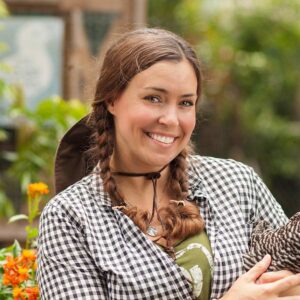Grouping several of the same plants together is a great way to create movement and a serene scene in your landscape.
Want to keep your upcoming landscape project from looking like a hot mess? Choose a palette of fewer plants instead of one of everything. Let’s face it, one of everything may be horticulturally interesting, but it usually results in a cluttered landscape rather than a well-thought out, designed one.
Every landscape has a style. Maybe yours is eclectic and a little on the “messy” side. My landscape happens to be a wildscape that’s a little on the messy side. But what holds a well-planned garden together are strong bones and repetitive plantings. If you design with these things in mind, it will help your end result have mass appeal. In other words, you’ll love it and so will others, including potential buyers if you end up selling your home.
However, if you don’t care about the above, and your garden is your science lab to experiment with every plant you come across, then all the power to you my sisters and brothers! Rock on! I’m speaking to the landscapers out there who are trying to create mass appeal.
Look to nature for inspiration. Mother Nature often plants en masse. Think about the last time you went hiking in your favorite park or natural area. Usually you see repetition of the same trees with similar understory and groundcovers underneath. On a recent visit to my favorite park, I noticed primarily Turk’s cap and inland sea oats under the trees. It was beautiful and serene, and it spawned an idea for my own garden.
Extracting ideas that work in nature will usually translate very well at home. Whenever I need ideas and inspiration, nature is the first place I look.
Recently, we did a periscope broadcast from a beautiful garden with mass planted sedges and a few other plant groupings. The result was a serene feeling of a flowing green river. That’s another benefit of mass planting — the ability to create a scene and movement, like that of water or waves.
Mass planting very effectively allows you to amplify textures and colors. Grouping the same plants together allows you to create a pleasing spot for the eye to rest as well, instead of just moving all over the place from one plant to another.
Don’t allow all your hard work to get lost in a jumble. Stick to mass planting and grouping to help you foolproof your next project!


